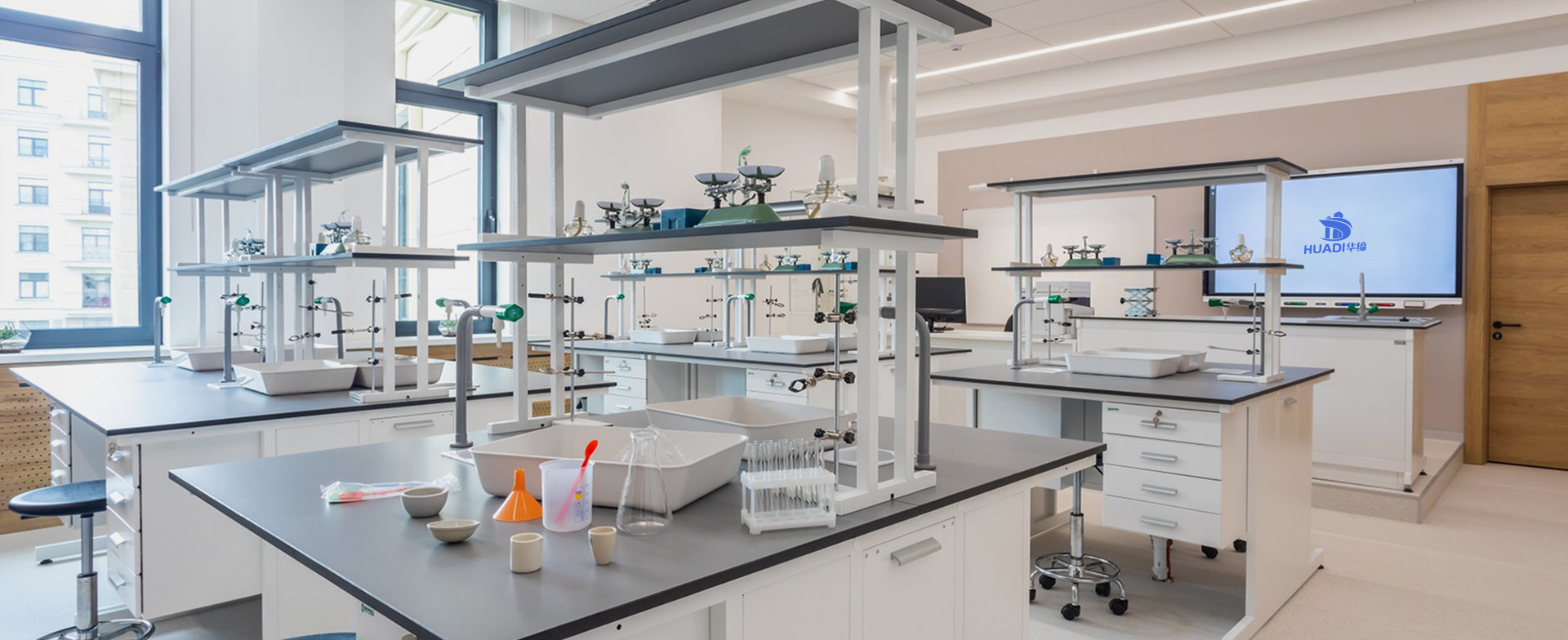Laboratory Water Supply And Drainage System
I. General Provisions
1. The layout and laying of water supply and drainage pipes, design flow and pipe calculations, selection of pipe materials and accessories, etc., shall comply with the relevant provisions of the current national standard "Building Water Supply and Drainage Design Standard" GB50015.
2. Laboratory water supply and drainage pipes should be laid along walls, columns, pipe wells, laboratory table cavities, fume hood linings and other parts, and should be aesthetically pleasing and have inspection openings reserved. It should not be laid in rooms with process air conditioning requirements. If it must be laid, moisture-proof and anti-condensation measures should be taken.
3. Water supply and drainage pipes should not be set next to items that will quickly decompose, cause combustion, explosion or damage when in contact with water, and above valuable instruments and equipment.
4. Other requirements that should be followed.
II. Professional precautions
1. Anti-corrosion measures should be taken for pipes and accessories used to discharge corrosive sewage, such as HDPE or PP ultra-quiet or other anti-corrosion measures.
2. For drainage in chemical laboratories, organic and inorganic should be discharged separately.
3. For the discharge of biosafety wastewater with inactivation requirements, the drainage pipe should also be resistant to high temperatures.
4. The water supply pipes entering the radiation laboratory should be buried for radiation, and protective measures should be taken when they are laid overhead.
5. The faucets in the operation room and decontamination room of radioactive isotopes should be foot-operated switches, elbow switches or photoelectric switches.
6. The decontamination room of radioactive isotopes, etc., should have hot water supply. The amount, temperature and pressure of hot water should be determined according to the process requirements. The radioisotope laboratory should also be equipped with a hot water shower.
7. If the radioisotope laboratory adopts a unified water supply system for scientific research, life and fire protection, the water used in the contaminated area should pass through the break water tank, and the indoor fire hydrant should be set in the clean area.
8. All wastewater should eventually be treated to meet the national emission standards before being discharged.
Contact Us
Telephone:0512-63169078 18015479868
Fax: 0512-63165028
E-mail: jshd@jshuadi.com
18015479868@163.com
Address: Room 502, Building 2, 3000 Tongjin Avenue, Jiangling Street, Wujiang District, Suzhou City


